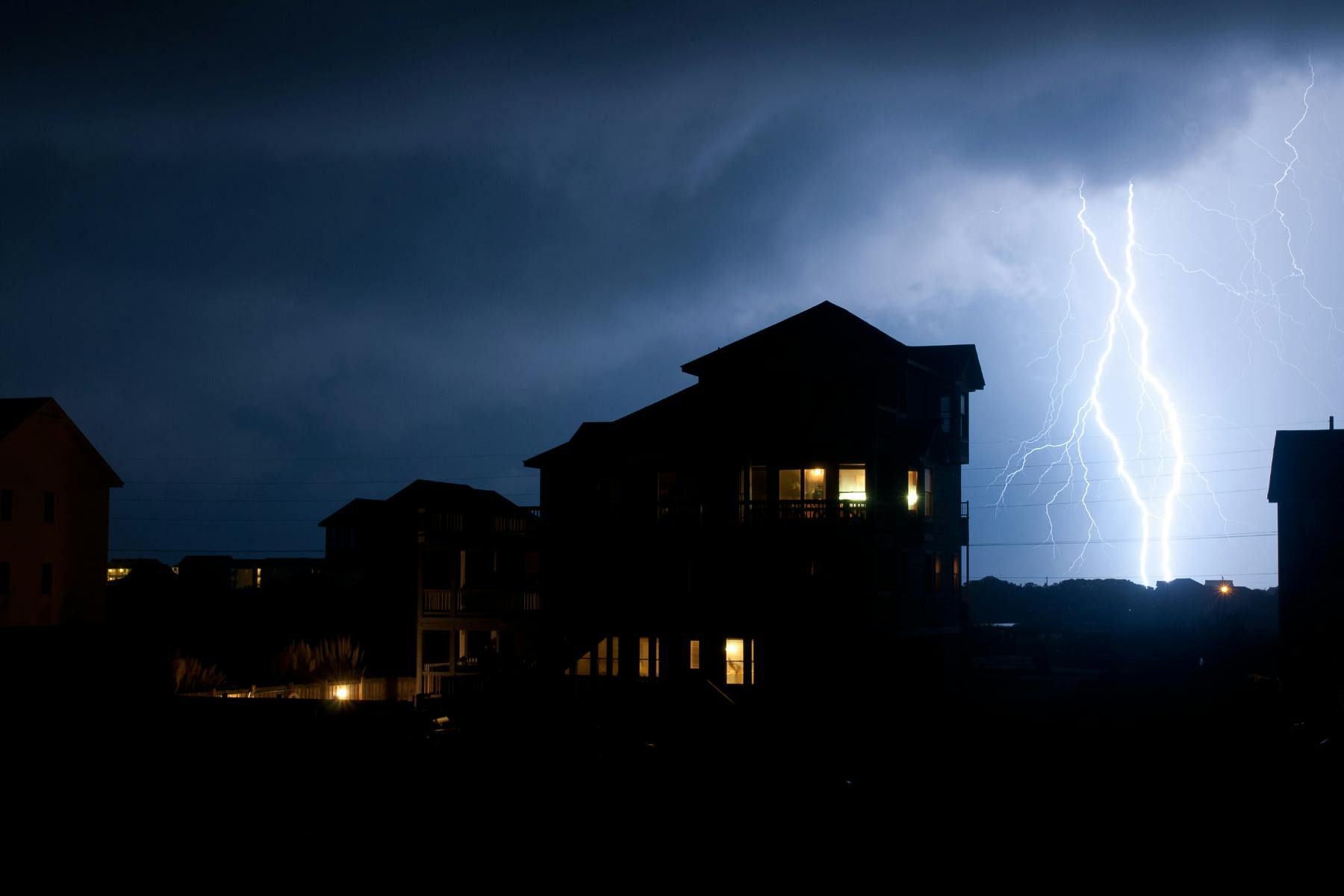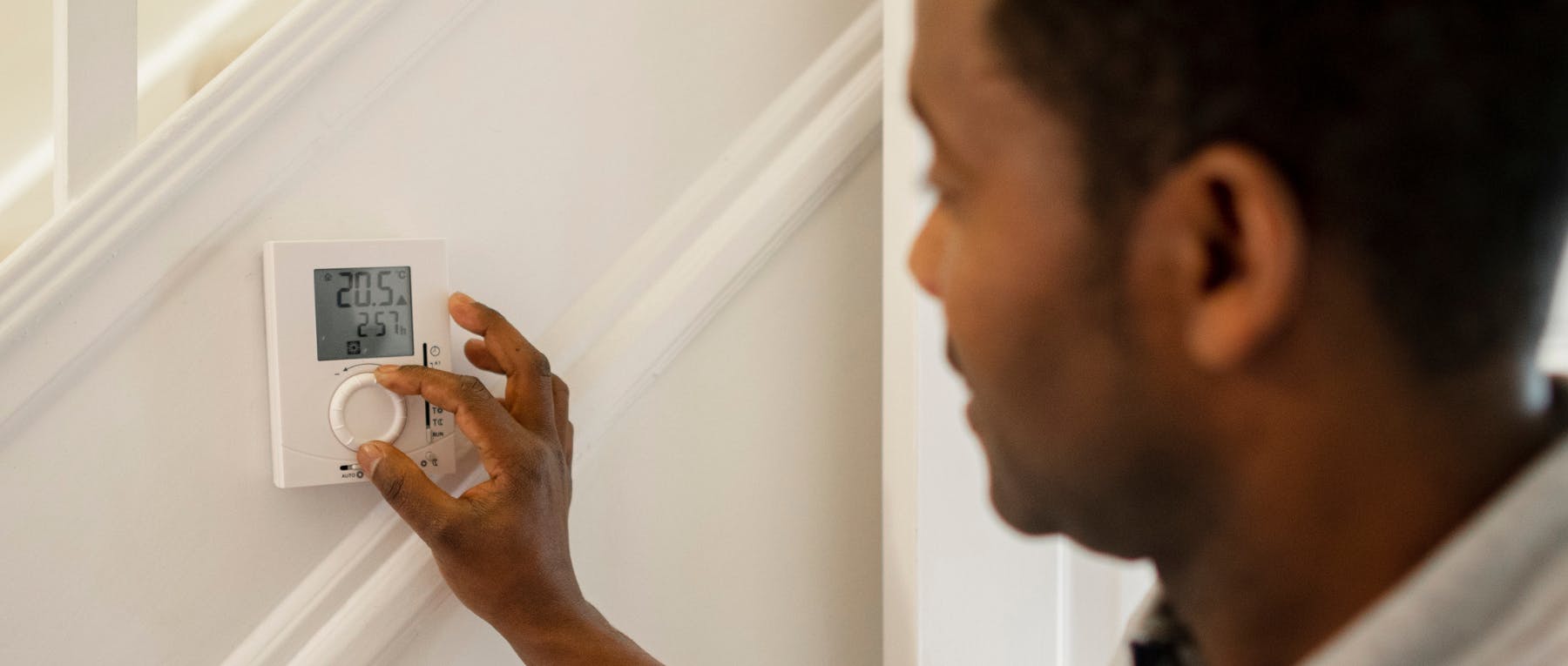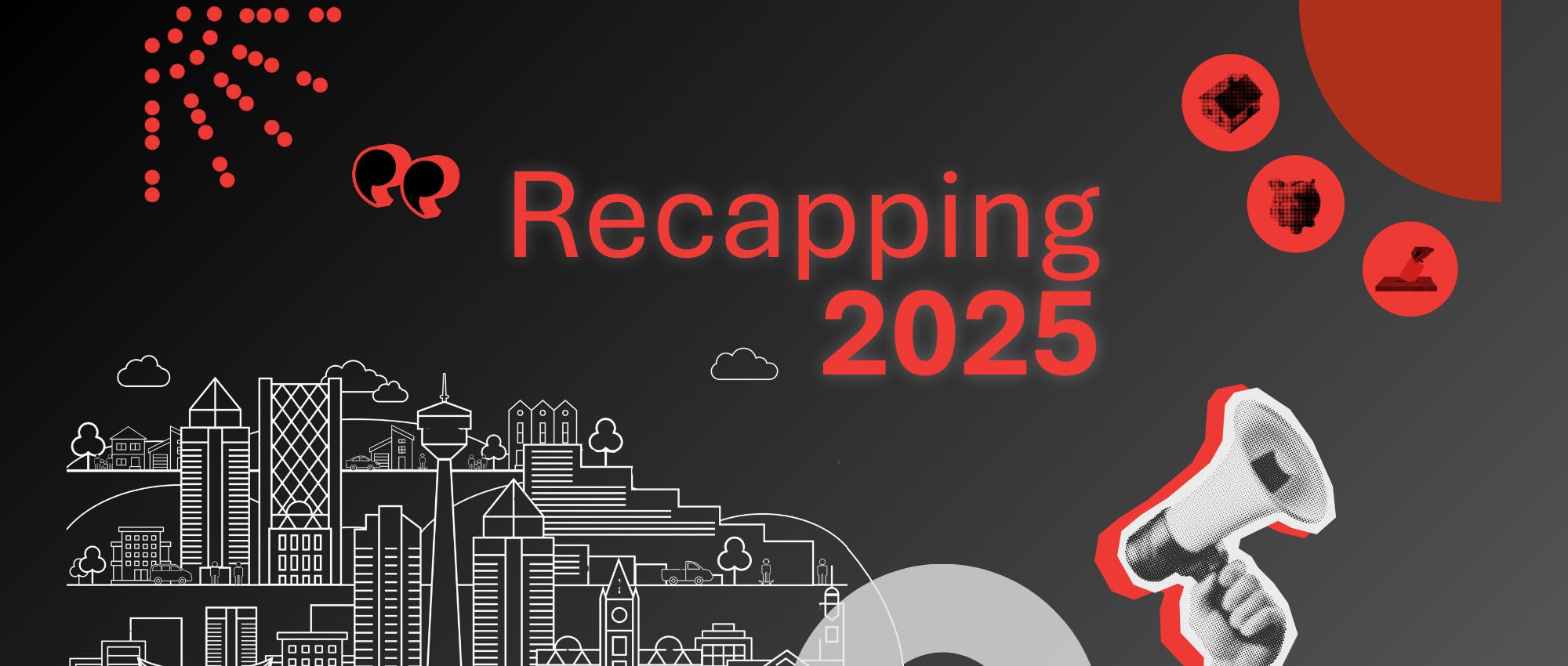A new Canadian Poverty Institute community-based study was released last week, shedding light on the ongoing effects of the catastrophic June 2020 hailstorm in Calgary. The storm is estimated to have caused around $1.2 billion in insurable losses, making it the costliest hailstorm and the fourth costliest disaster in recorded Canadian history at the time. The report recounts heartbreaking and traumatic stories from more than 40 community members and identifies opportunities for disaster management response in the community.
Here are five things to know about the Calgary Hailstorm Impact Study.
- People experienced significant mental and emotional health impacts, including increased stress, anxiety and hyper-vigilance. Some of these impacts still persist today, including among children and youth.
- Supports like friends, family and neighbours played an important role in the recovery. However, this was not universal and many residents experienced the negative effects of isolation on their mental health and financial resiliency.
- There were short-term and long-term financial impacts, especially as a result of the cascading impacts of the economic recession, the COVID-19 pandemic, and the hailstorm.
- Accessing insurance was complex and complicated. Residents experienced a wide variety of challenges such as high deductibles and premiums, depreciation, insufficient coverage, and communication issues. Insurance policies were hard to understand, especially for community members who spoke English as a second language.
- Study participants wanted more support from the government, including ongoing subsidies for hail-resistant upgrades and financial assistance to buffer the limitations of insurance coverage. They called for community voices to be included and centered in disaster resilience conversations.





